About 2 different kinds of spout pouch packaging
Historical Context The emergence of the spout pouch style in China in early 2011 marked a significant milestone in packaging innovation. However, initial observations of this style revealed subpar finished quality, prompting a period of refinement. European counterparts, equipped with HFFS machines, also encountered challenges in achieving satisfactory finished quality, despite the potential labor and time-saving advantages offered by this method. While the HFFS machine presents a promising solution for cost and time efficiency, it is imperative to scrutinize its shortcomings in comparison to the traditional pre-made pouch.
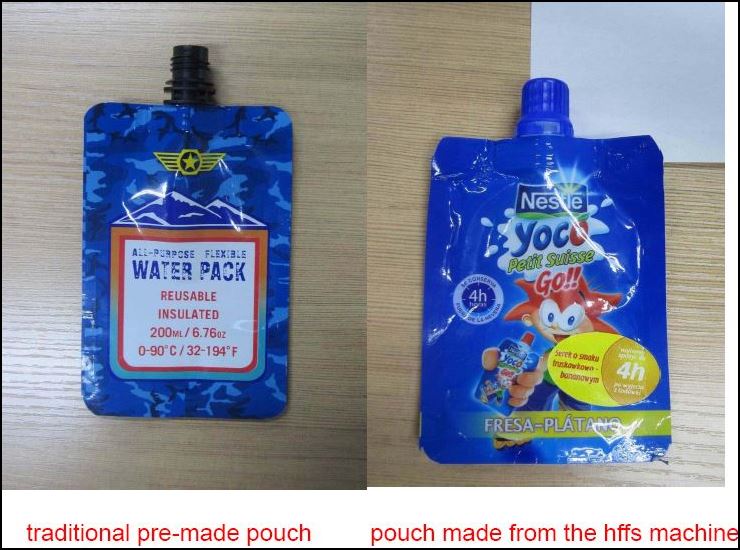
Key Differences Several notable disparities distinguish the traditional pre-made spout pouch from the HFFS machine-made counterpart:
1.Embossing of Spout Sealing.The embossing of the traditional pre-made pouch exhibits uniformity and precision in the area of spout sealing. In contrast, the HFFS machine-made pouch often showcases irregular embossing, leading to potential issues such as improper spout fixation.
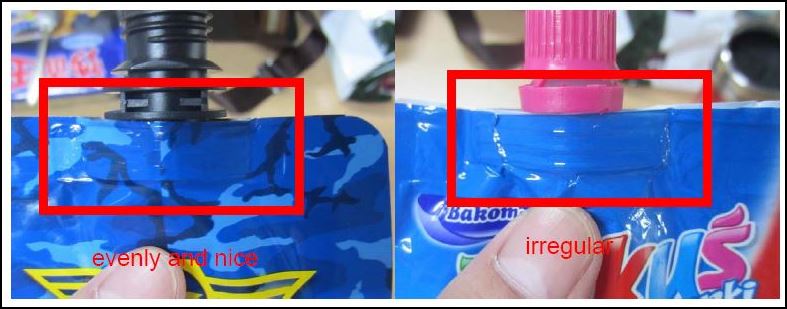
2.Corner of Pouch.The four corners of the pre-made pouch display rounded and neat edges, while the HFFS machine-made pouch tends to exhibit uneven corners, detracting from its overall aesthetic appeal.
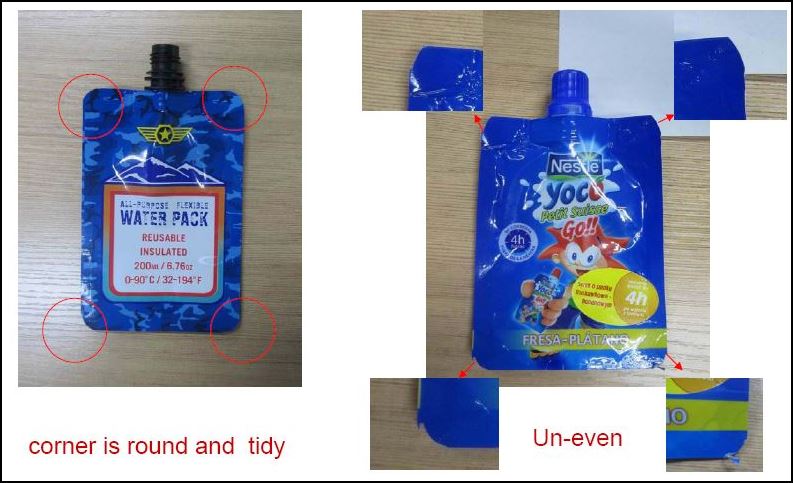
3.Edge Sealing of Pouch.In pre-made spouted pouches, the edge sealing width maintains consistency within a narrow tolerance range. Conversely, the HFFS machine-made spout pouch packaging often features unequal edge sealing widths, occasionally leading to instances of "non-sealing" areas.
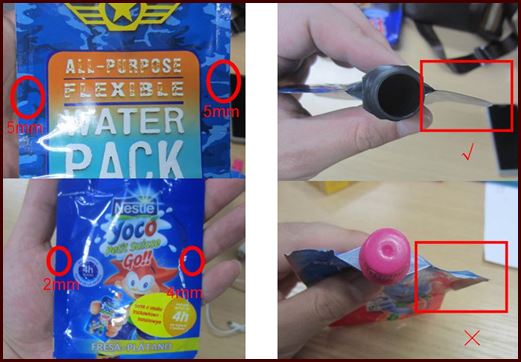
4.Leakage Percentage of Pouch.The traditional pre-madespout pouch bagnecessitates frequent inspection through traditional and equipment-based testing methods to detect any potential leakage. In contrast, it remains unclear whether the HFFS machine incorporates similar functions to assess leakage risk effectively.
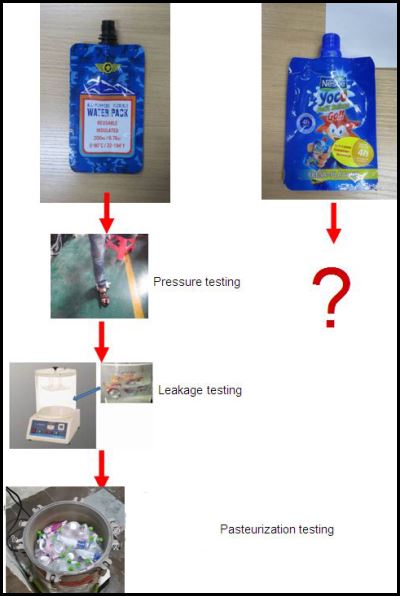
Root Causes of Challenges The challenges encountered in HFFS machine-made spout pouch packaging can be attributed to several factors:
1.Operational Tolerance.The inherent operational tolerance of the HFFS machine contributes to the irregularities observed initially. As the machine operates over time, issues such as running deviation and blade wear may gradually manifest, limiting the machine's ability to rectify these problems independently. In contrast, the semi-automatic pouch-making machine utilized in traditional pre-made pouch production relies on experienced operators to identify and resolve issues proactively.
2.Leakage Risk.The complexity of issues leading to potential leakage in HFFS machine-made pouches stems from internal factors. Without robust testing methods to assess the leakage percentage, the likelihood of leakage in pouches manufactured by HFFS machines remains a concern. In contrast, the traditional pre-made spout pouch packaging undergoes frequent sampling and operator adjustments during the production process, minimizing the risk of leakage.
In conclusion, both traditional pre-made spout pouch packaging and HFFS machine-made spout pouch packaging exhibit distinct advantages and disadvantages. While the HFFS machine offers labor and time-saving benefits, it grapples with challenges related to finished quality and leakage risk. Conversely, the traditional pre-made pouch method, reliant on skilled operators and rigorous testing, ensures superior finished quality and reduced leakage risk. Ultimately, the choice between the two methods hinges on a comprehensive evaluation of their respective strengths and weaknesses, enabling informed decision-making in the realm of spout pouch packaging.
For more video
about spout
pouch, please visit our![]()



